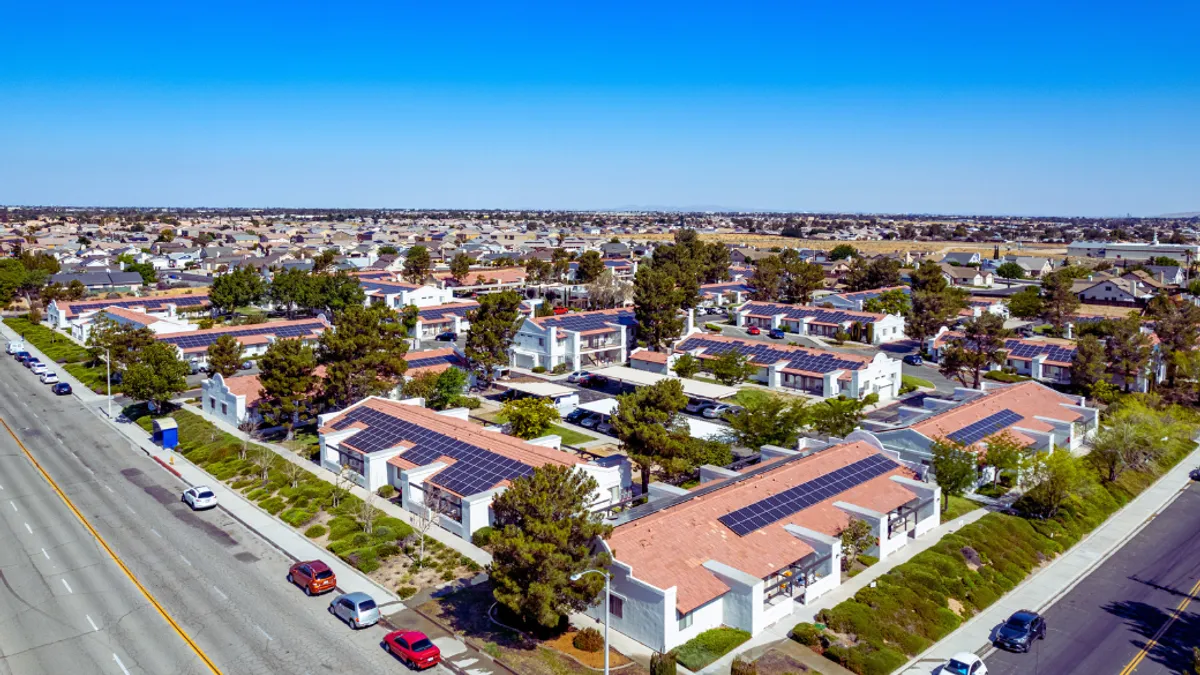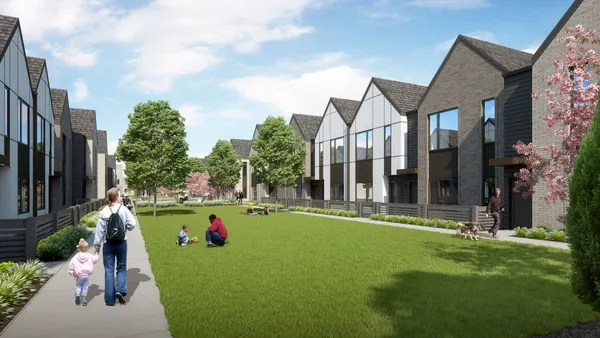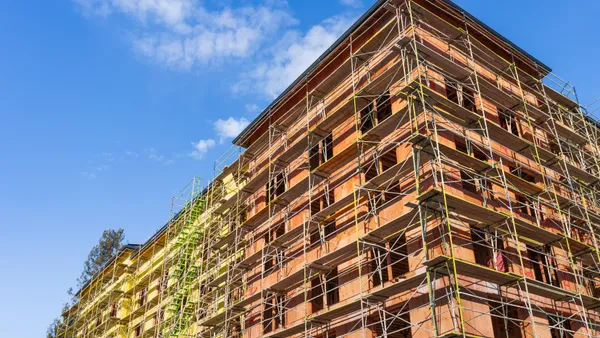Solar, batteries, EV chargers and other electrical amenities can be a source of electricity cost savings and potential revenue for multifamily developers, but many are still wondering, “How much is this going to cost?” It’s an appropriate first question for a developer to ask, especially with construction costs increasing at 5% annually, high interest rates impacting returns, and ongoing maintenance costs cutting into cashflow. However, new models of energy infrastructure are moving electricity from the expense column to the revenue column. In fact, the correct answer to the cost question should now always be, “zero—we’re getting paid for it.”
With the right infrastructure partner, electricity can be a revenue-producing asset for new multifamily properties, with no installation or maintenance cost to the owner or developer.
In states like California, with its Title 24 regulations, avoiding the capital investment becomes even more critical, and yet, this proposition still remains relatively unknown to many developers.
So, it must cost something right?
There is no shortage of companies peddling solar panels to everyone from single-family homeowners to large commercial property portfolios. Typically, the residential sales pitch focuses on offsetting the cost of solar panel installation and maintenance with energy cost savings over time. Many commercial property and multifamily owners have taken a similar approach, installing solar power only in shared common areas. Unfortunately, in these cases, multifamily residents don’t get the full benefits of clean energy. In contrast, the PearlX system allows residents of the buildings in which it’s installed to utilize solar-generated power, which can have a positive impact on tenant demand. It is worth noting that research shows sustainably certified commercial buildings have higher rental incomes, occupancy and sales prices than similar buildings without green features.
While this model can be effective, the industry is unfortunately rife with bad actors who make solar installation more complicated and costly than it should be. Also in this model, there are upfront costs that burden a developer—costs that are completely avoidable.
On the other hand, energy finance companies like PearlX are committed to simplifying the model for multifamily developers and owners. Rather than selling solar panels to a developer, PearlX owns all of the solar equipment and leases space on a property—usually on the rooftop, parking garage or some other large surface area—to install, operate and maintain solar power. That means there is zero cost to the developer. It is profitable for PearlX because it then sells the solar energy generated by the infrastructure back to the tenants, which covers the total cost of the solar infrastructure for the building and never lands on the owner/developer’s balance sheet.
So sure—it does cost something, but multifamily owners are not responsible for the cost. PearlX spends an average of $2.5 million to install the solar infrastructure and covers the entire cost itself, a significant savings for developers. In this model, there is zero cost for the owner to install, operate or maintain the solar panels and the developer is still able to meet all the green energy requirements for new development projects.
How much income can this model generate for an owner or developer?
Solar power is generally considered an energy cost savings for property owners. Research shows that solar power reduces carbon output and produces less operational costs. But beyond the cost savings on installation, developers and owners can also generate passive monthly rental income with a solar tenant like PearlX.
Because they lease the rooftop space for the equipment, the revenue the developer receives is considered a long-term lease. In this model, dubbed a “long-term solar lease position,” solar power becomes an income-producing feature for property owners. While tenants benefit by minimizing the expensive energy purchased from the traditional grid, landlords simply collect a flat payment. The payment is fixed, so it is not contingent on the energy generated by the system.
As with any typical NNN lease, the tenant, (in this case, an energy capital company like PearlX) handles the costs of the solar buildout. This covers the upfront costs of installing the infrastructure and its long-term maintenance. Meanwhile, the developer and any future owner of the building, collects a monthly rent payment for the life of the lease. The average lease structure can generate significant income for the property and boost property value. An apartment complex generating $120,000 in annual revenue at a 5% cap rate, for example, would see a $2.4 million increase in value. Likewise, in a market with increasing cap rates, as seen today, this passive revenue can help preserve asset value without an additional capital investment from the owner. The long-term lease also figures into future financing and refinancing as stabilized cash flow.
Choosing the right energy capital partner
The energy estate lease model is an attractive proposition for owners who need to meet regulatory requirements, as it provides all the benefits of clean energy with little risk or downside, and no upfront cost. However, an energy lease is a long-term relationship, and it is imperative that developers choose the right partner. An ideal partner will be transparent about the lease terms and structure, have significant experience navigating the evolving green regulatory landscape and be well capitalized to perform and deliver energy as promised to the apartment tenants.
With $110 million in capital to deploy to fund solar installation projects, PearlX is a partner for the long haul. Beyond taking on the upfront and ongoing cost of providing clean solar energy, the company has a dedicated account management team that maintains a close relationship with property management as an ongoing partner in the evolution of the property’s energy story.
The reality is that energy needs and regulation are going to continue to change. Developers need to partner with a company that is prepared to grow and evolve with those changes, implement new technologies as needed and help to monetize new features for the ownership to ensure green infrastructure is always revenue producing and never becomes a cost burden.
With other energy partners, the cost of solar may depend on factors such as the partner, the deal structure and the property. However, with the triple-net lease model deployed by PearlX, clean energy is delivered in the form of a cost-free revenue generator for multifamily developers, owners and operators. It allows developers and owners to meet green energy regulations while avoiding the high cost of installation and generating income along the way. That is a real game changer.








